
Your Ultimate Guide to ECommerce Lifecycle Marketing [2023 edition]
How do you achieve long-term and sustainable eCommerce success without burning out your business? Look no further than lifecycle marketing.

Introduction
What is Customer Lifetime Value?

Customer Lifecycle Marketing
How Can I Drive Profitability with Customer-centric Marketing?

Direct Marketing Channels
How Can I Use Them to Aid my Lifecycle Marketing?

The Lifecycle Marketing Power Triangle
What’s a Lifecycle Marketing Formula that Works?

Multichannel and Omnichannel Marketing
What are the Key Differences?

Lifecycle Marketing Agencies
How Can I Find the Right Agency Who Can Do it All for Me?
INTRODUCTION
What is Customer Lifetime Value?
Many eCommerce owners say that acquiring new customers has been getting more and more challenging on a month on month basis. Don’t you agree?
As an eCommerce DTC brand, you should already know that your customers are your main source of your store’s income and growth.
With that said, you would believe that obviously it means you should focus your efforts in acquiring more customers, right?
While that makes sense, it’s not exactly the right move.
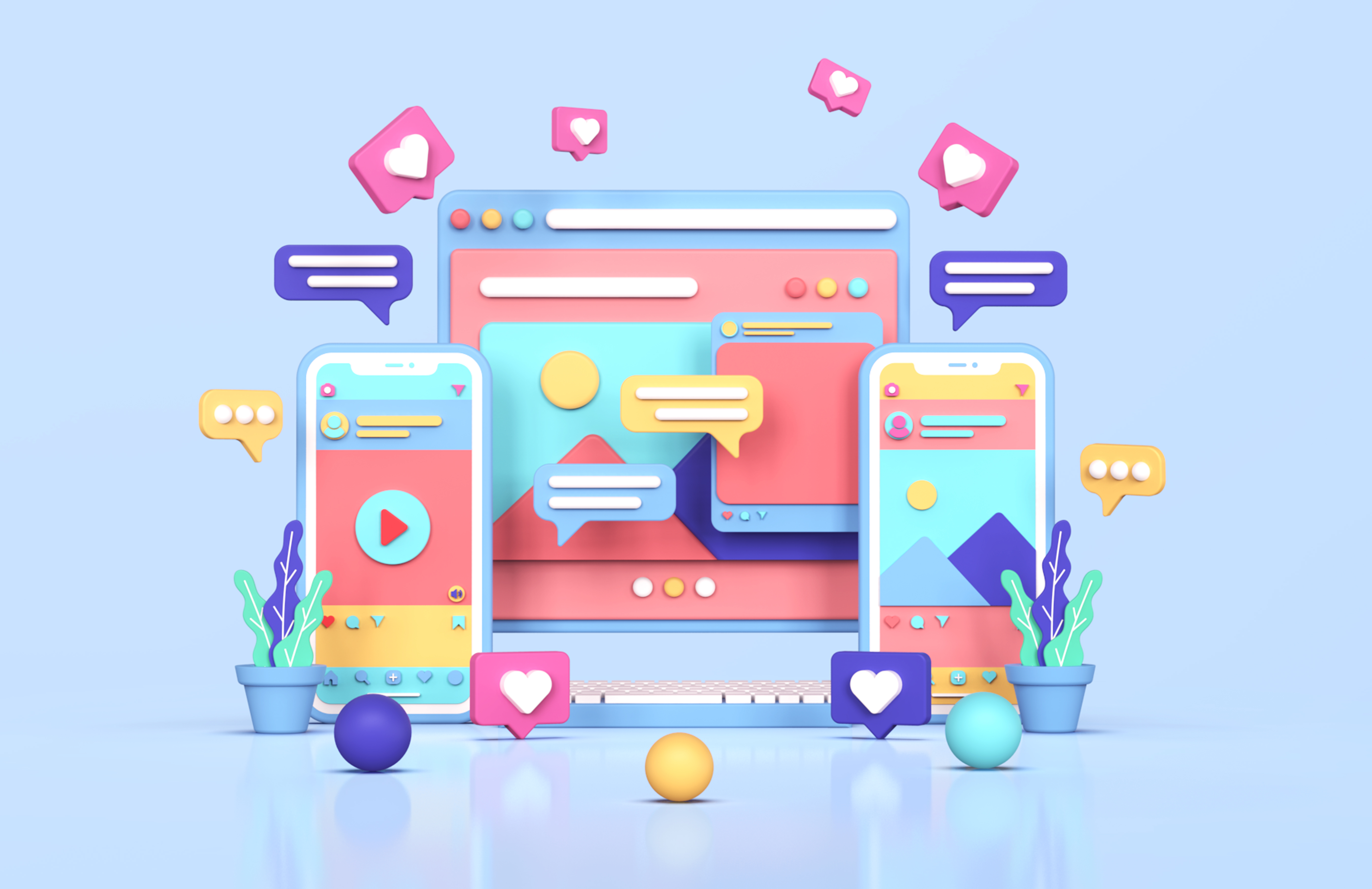
Retaining your existing customers is WAY more important than acquiring new ones.
What’s wrong with focusing on customer acquisition?
Customer acquisition focuses on investing in strategies and campaigns required to convert prospects into customers. The keywords there are “gaining new customers.” This means starting from scratch every single time whenever you try winning over prospects to your store. In short, it would cost your store 5x more to attract new customers. So in this context, more doesn’t always mean merrier. Customer retention, however, focuses on retaining your current customers and further improving their projected value to your store.
So, not only is customer retention more cost-efficient compared to customer acquisition, but it also contributes to your store’s sustainability and longevity. With that said, your efforts should now cater to your existing customers. What’s next? It’s time to calculate the practical value your customers can bring to your store. Customer lifetime value (CLTV) is a critical metric that can help you optimize your customer retention strategies. Calculating CLTV can give you insight on the future revenue your customers can potentially generate for you.
How Can I Calculate my CLTV?
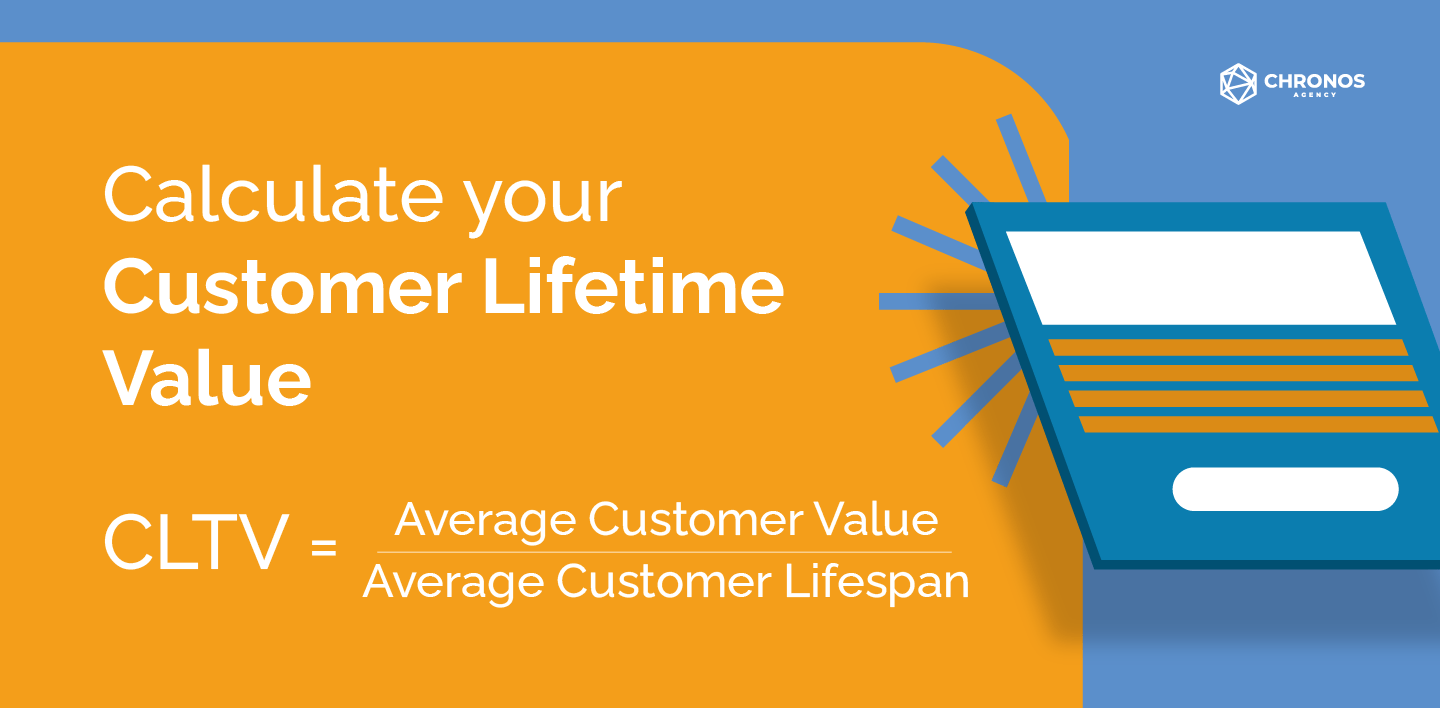
You just need two things: Your average customer value and your average customer lifespan.
Then just put them through this formula:
CLTV = Average Customer Value / Average Customer Lifespan
What does that have to do with your store growth? Tracking your CLTV can help tell you how effective your marketing efforts are at winning over loyal customers.
Other things measuring CLTV can help you determine are—
- Customer pain points within your marketing funnel
- Your customer churn rate and what causes it
- How much you should invest in customer retention
You have a wide range of customer retention strategies to choose from that can help you improve your CLTV. To help save time, let’s bundle these strategies into an easy-to-digest topic called lifecycle marketing.
Customer Lifecycle Marketing:
How Can I Drive Profitability with Customer-centric Marketing?
If you’re looking for long-term and sustainable eCommerce success, then lifecycle marketing are the keywords to help you get started. It involves leveraging strategies that focus on your customers’ needs and preferences.
This would mean diving into the nitty-gritty of customer data. You’ll need to gain a much deeper level of understanding of your target audience and center your marketing around them.
So, what are some key actionables you can do to get started with customer retention?
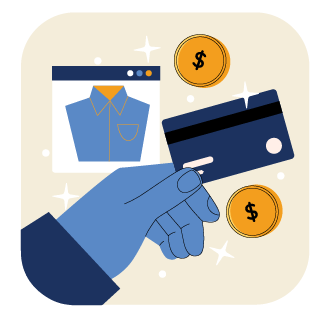
1. Optimize Your Marketing Funnel
A well-structured marketing funnel is one that opens opportunities for you to meet your customers where they are rather than telling them where they should be in their buyer’s journey.
Give it a more organic approach. Help your customers feel wanted and appreciated that they’re putting in their time and effort to go through the customer journey you’ve set up for them.
This is what it means by making your customers feel valued—feel like they do matter.
2. Advanced Segmentation
Do you feel your current segments are only scratching the surface of your target market? Basic segments can only get you so far—and that’s where advanced segmentation can help you push the envelope!
You must dive deeper than basic demographic data. You’ll have to start looking more into your target audience’s online purchase behavior. Here’s a quick overview of the advanced segments you should consider:
- Product Interest
- Purchase Frequency and Last Purchase
- Price Sensitivity
- Customer Lifetime Value
- Exclusion Segments
3. Align with Customer Ethics
Have you ever asked yourself how DTC stores can shoot for growth and sustainable success without burning themselves out?
One of the key strategies long-standing and thriving brands leverage is future-proofing their stores. This then begs the question: What can you do to start future-proofing your own store?
The main idea behind future-proofing your store is aligning yourself with customer ethics.
Again, as an eCommerce store your customers are your lifeblood. If your customers don’t like how your brand treats them or your employees, then your store could start losing its precious lifeblood.
Even your production and delivery practices are under customer scrutiny. And in this day and age, customers (especially the younger generations) understand that they have the purchasing power.
However, once you’ve proven that your brand respects customer ethics in more ways than one, you’ll win over customers of the highest quality—loyal customers who’ll proudly advocate your store.
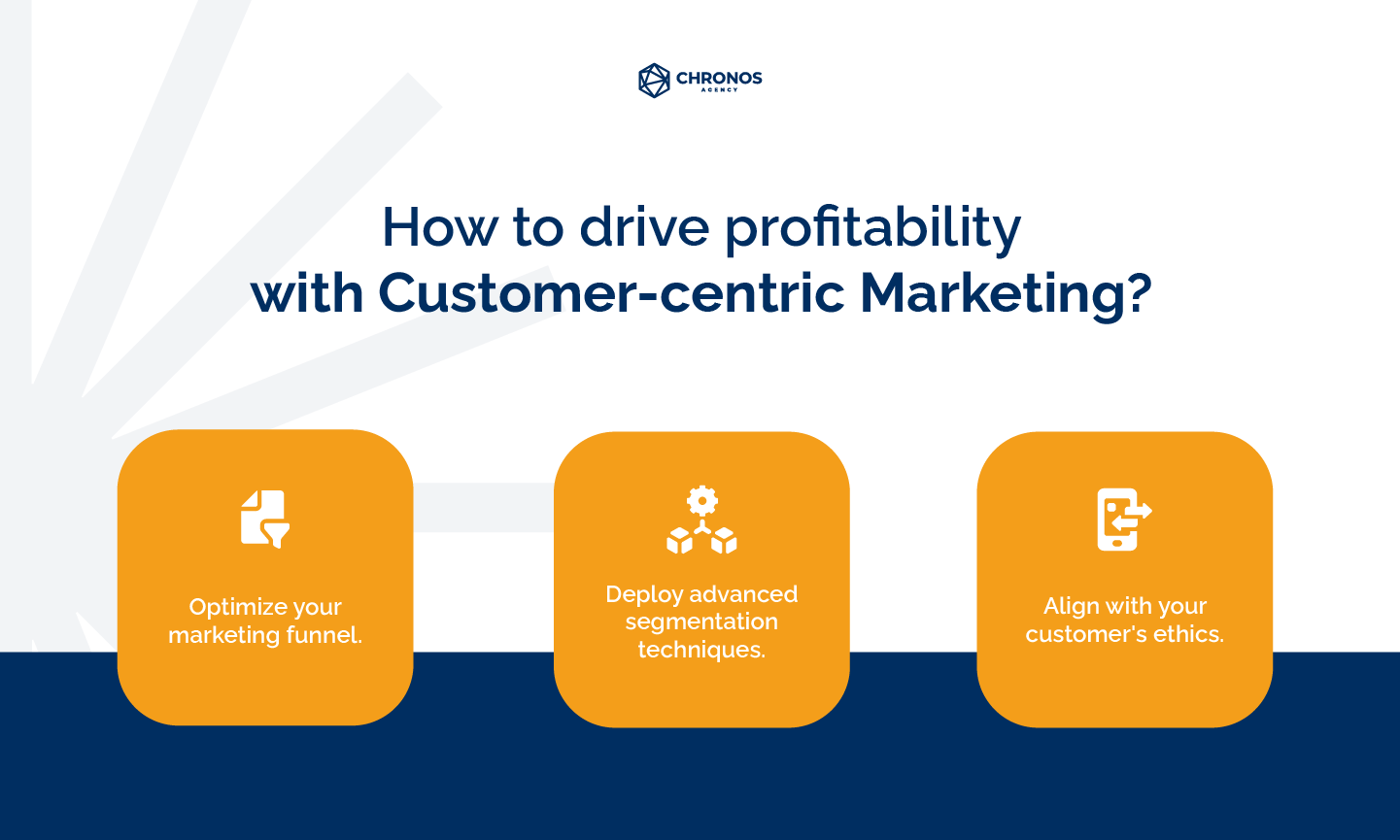
Need help figuring out how to kick your business into high gear?
Direct Marketing Channels:
How Can I Use Them to Aid my Lifecycle Marketing?

Direct marketing channels are great for bringing your products forward to the customers who need them. Usually, you would include CTAs with these product highlights to get your customers to act or take the next step in their customer journey.
As you can already tell, direct marketing works best when centered around valuable customer data. After all, the best way to attract prospects and convert them into buying customers is to feature products that fall under their range of interests.
Here are some examples of direct marketing channels you can leverage:
1. Email Marketing
This one’s pretty straight forward. How do you bring forward a specific product to your target customers? Send them a promotional email. Email marketing is a great way to establish communication and nurture customer relationships—all while selling products in between.
2. Social Media Marketing
Where’s a better place to meet people than on social media? These are platforms that boast some of the largest concentrations of people online. You can sift through the online traffic by setting up your brand’s own page. This way, you can attract prospects who are genuinely interested in what your store offers. Once you’ve got a good following, you can start up conversations and posts to help engage your followers to your brand—and ultimately convert them into customers.
Aside from direct marketing, you can accomplish multiple things with social media marketing, including:
- Increasing your brand awareness
- Retargeting
- Growing your tribe
- Boosting organic customer base growth
3. Paid Ads
Paid advertising on the digital landscape helps you with product placement. When people search for a product, you can use paid ads to make sure search results put you at the top of the page. Better SERP (Search Engine Results Page) ranking can help you break through the noise of countless other stores offering the same products as you.
Other than that, investing in paid ads can help you—
- Generate instant targeted traffic to your store’s webpage
- Get stable and consistent lead generation
- Save on ad spend as you would only need to pay for when your targeted users actually click on your paid ad
The Lifecycle Marketing Power Triangle:
What’s a Lifecycle Marketing Formula that Works?
With all these lifecycle marketing tools and strategies available, you would wonder if you can use a combination of a few to help reach your goals faster.
The good news is that you can, and we already have a great formula you can go ahead and use!
We call it the lifecycle marketing power triangle, as it involves leveraging three marketing channels to make the dream work.

1. Email Marketing
Yes, email marketing is so good we have to highlight it a second time here. Its versatility and high personalization makes it one of the best tools for attracting, converting, and nurturing your customers. Emails are one of the digital tools that can best translate your customer data into actionable strategies and tactics. As part of your lifecycle marketing formula, it has the power to engage and nurture your customers even after they’ve made it through the buyer’s journey. If you play your email cards right, you can expect to see up to 4,200% ROI—making this a must-have in your lifecycle marketing framework.
2. SMS Marketing
SMS takes the word ‘direct’ in direct marketing and scales it up a couple notches. You can enjoy high and almost guaranteed deliverability using SMS marketing. Mobile users tend to respond immediately within 15 minutes of you sending them a text, giving you quick results. Just like email marketing, SMS also has high versatility and a good degree of personalization. They also feel more personal, giving your brand a much-needed human touch when reaching out to your customers.
3. Push Notification Marketing
Also known as mobile push notification marketing. This marketing channel takes advantage of consumers’ mobile lifestyle. If you haven’t yet, having an app for your DTC store can serve as a lucrative asset. In our case, we’ve observed our client stores’ apps generating 7% of their overall revenue leveraging push notifications. What makes push notification marketing particularly effective is that it’s a permission-based marketing tool. Meaning, your target consumers would explicitly give your store’s app permission to send them promotional content.
Why should I care about explicit permission from customers?
You’ll have a source of high quality customers who show genuine interest in your brand and products. You can confidently send these customers promotional material and have more returns in the long run.Compare that to sending to random users who may or may not be interested in your brand in the first place.
So, why these 3 marketing channels, specifically? Email marketing specializes in digging deep into your target audience’s data. In turn, you send personalized messages and optimized content catered to your customer’s preferences. You can seamlessly integrate SMS with your existing email marketing framework.
There are two ways you can do this:
- have SMS compliment your email marketing making use of segmentation and automation strategies.
- you can offer promotional content exclusive to your SMS subscribers to promote list growth.
Finally, push notifications can help tie everything together. Recommend relevant products, minimize cart abandonment, and even engage with your customers more by sending educational content.
Need help figuring out how to kick your business into high gear?
Are there Other Channels I Can Explore to Expand my Touchpoints with Customers?
You don’t have to restrict yourself to this power triangle. In fact, we highly recommend you expand your customer reach by exploring other channels. And one of the best first-steps to broadening your customer reach would be social media.
These are the town squares of the internet community. Countless people from around the globe have social media accounts, even multiple accounts per person to accommodate multiple social media platforms.
Okay, but why SHOULD you expand into social media?
Different platforms are great at funneling together groups of people who share similar interests. These can already help you get a head start when connecting with your target audience.
Remember, social media is a channel filled with pools of prospects you can dive into. With that said, here’s a list of social media platforms your marketing efforts can zero in on:
- Facebook
Aside from being one of the top widely used social media platforms, it’s also pretty versatile when it comes to content and engagement. Simple engagement posts can help you connect with your target audience. From short one or two-liners giving your followers a quick ‘what’s up’, to longer posts where you share value-adding information about your brand. - Instagram
It’s easy to create a strong following on Instagram that’s visual-first and mobile-first. I mean, how can you go wrong with about 200 million Instagram users visiting one business profile a day? It’s also where a lot of users on the platform do their research on products—81% of Instagram users, to be precise. - Twitter
This is one of the biggest conversation loud houses of the internet, making it a great source of target audience insights for DTC stores. Twitter would see a mind-boggling 6,000 Tweets every second… EVERY. SECOND! Combining that with the hashtag feature, it’s easy to sift through relevant conversations your target audience is engaged in. - LinkedIn
You could see LinkedIn as the more professional side of social media. Here, you can connect with a more professional audience, especially if you’re aiming to create partnerships. LinkedIn can also help you narrow down your targeting with industry-specific keywords, such as job titles, function, and company names. - TikTok
TikTok can take some getting used to, but it’s one of the most effective ways to engage with your target audience. Using short form clips that prioritize authenticity, you can get straight to the point by sharing valuable information users would otherwise skip through in longer videos. Also because of its current boom, it’s easier to reach a much wider audience. When done right, TikTok can help you increase your brand awareness and authority. - Youtube
Videos are the most engaging medium you can get into when it comes to marketing. Leveraging Youtube means you get to enjoy heavy traffic, high visibility on Google, and high conversion rates. The platform is also pretty flexible when it comes to the types of videos you upload. Short or long, video essays or shorts—Youtube is THE video social media channel to experiment what your target audience is into.
If you’re not sure on how to properly set up your social media marketing, then don’t fret! there are social media marketing agencies out there in the digital space that can do the work for you seamlessly.
No need to go through the learning curve, just hire a team of experts!
Multichannel and Omnichannel Marketing:
What are the Key Differences?
On the other hand, omnichannel marketing involves leveraging your available channels and centering them around your target customers. Again, it’s all about shooting for that customer-centric approach in lifecycle marketing.
Omnichannel marketing works because you’re connecting with your customers and speaking in their language, regardless of their preferred platform.
You’re creating a seamless customer experience across your marketing channels. Enhance the customer experience by making all your channels feel like true extensions of your DTC store

To optimize your omnichannel marketing strategy, consider these tips:
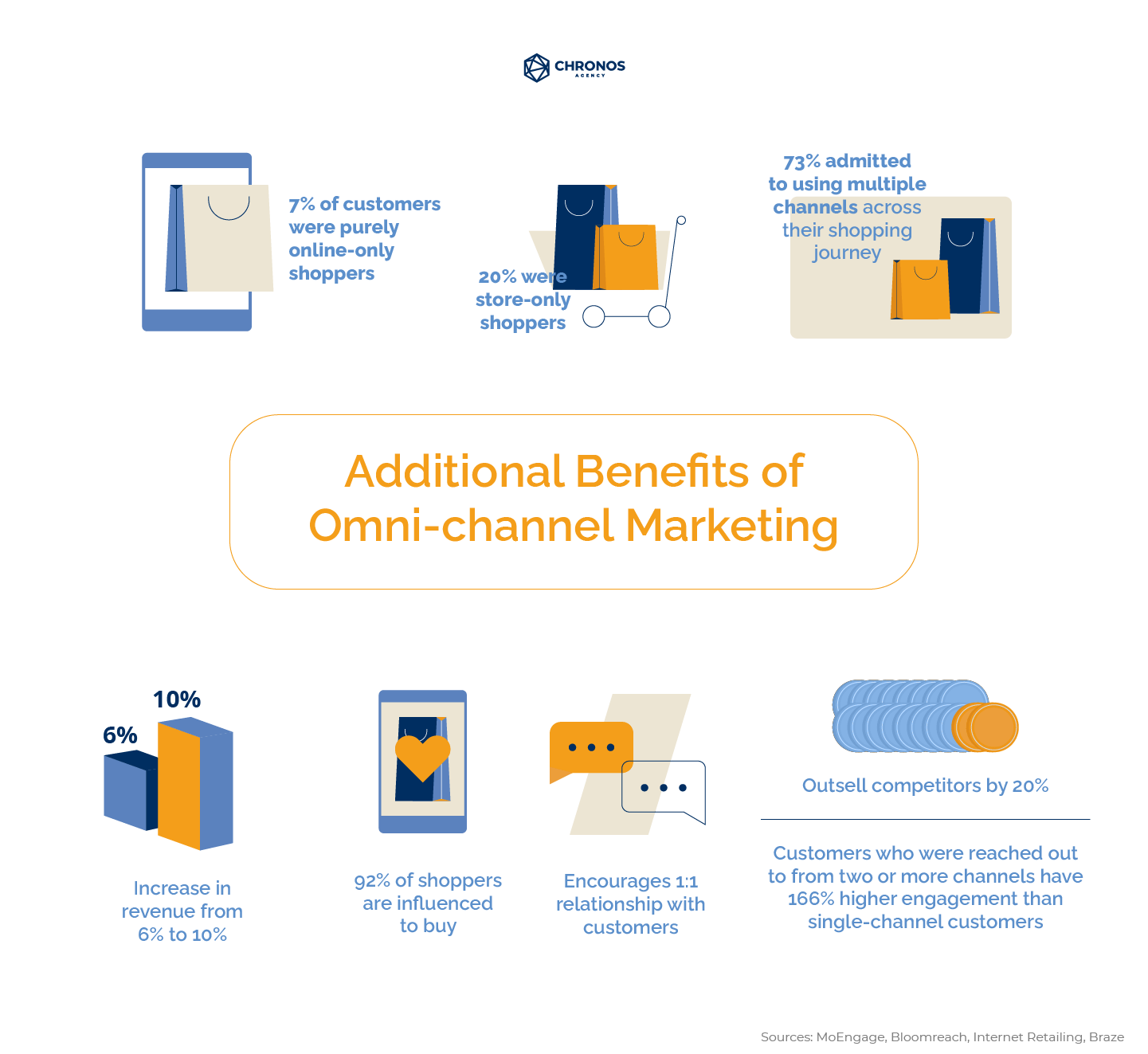
Need help figuring out how to kick your business into high gear?
Lifecycle Marketing Agencies:
How Can I Find the Right Agency Who Can Do it All for Me?

While 7 to 8-figure stores highly recommend lifecycle marketing, it can be quite tricky to get right. After all, you’ll be dealing with tons of customer data.
Sifting through information that makes up your target audience would require dedicated attention and experienced eyes. Fortunately, there are eCommerce marketing agencies out there that can do it all for you.
Your next concern now is finding the right agency for your brand.
Consider this checklist when looking for your ideal digital lifecycle marketing agency:
- Do they specialize in lifecycle marketing?
- Are they clear about the results you should expect when hiring them?
- Do they have a solid and systematic game plan when approaching your issues?
- Do they have a reliable track record?
- Are their prices reasonable?
- Is there seamless cooperation between your and their teams?
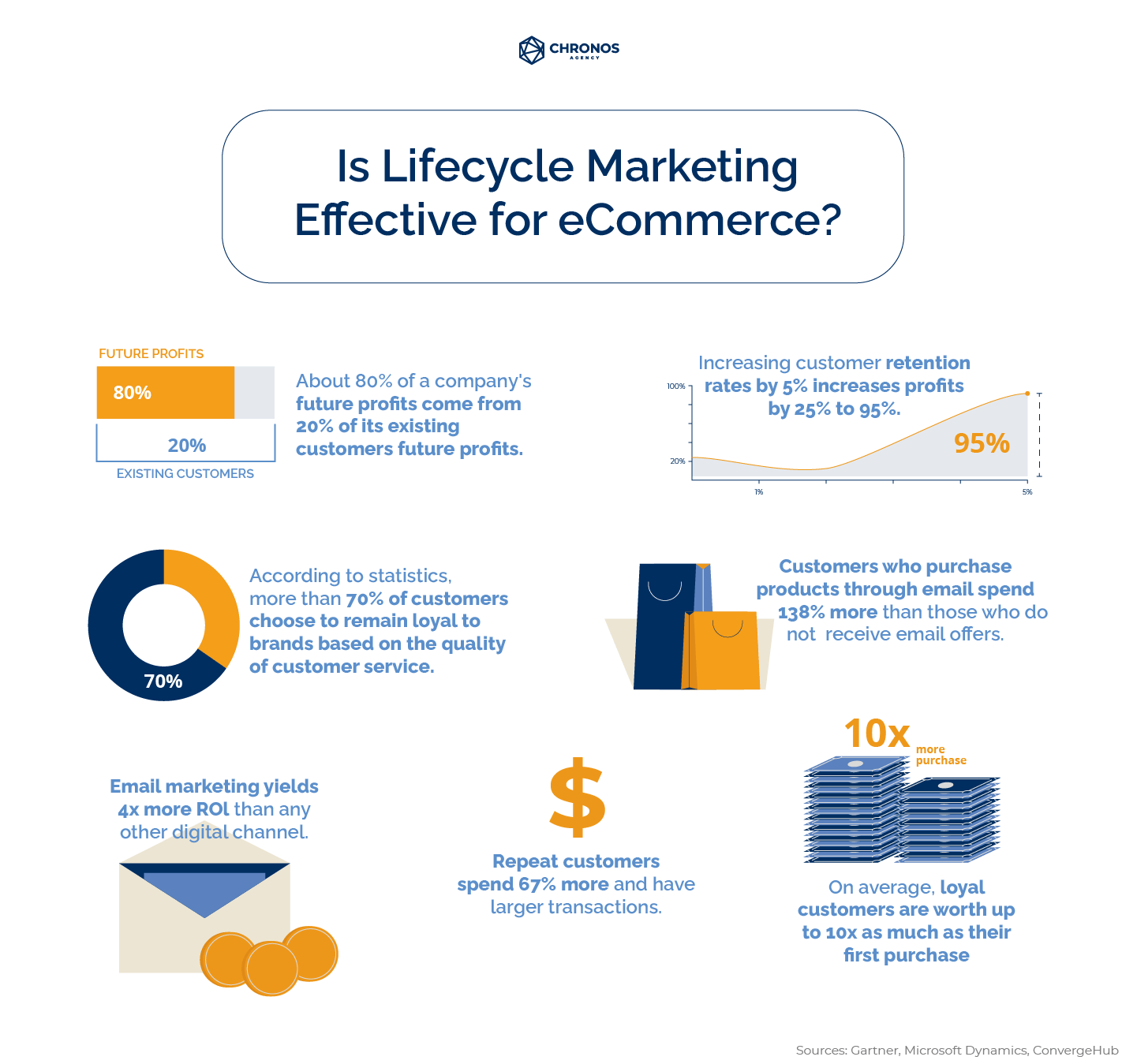
Need help figuring out how to kick your business into high gear?
Key Takeaways
Lifecycle marketing is responsible for the long-running and sustainable eCommerce success of many 7 to 8-figure brands.
Customer-centricity is key to future-proofing your DTC store.
Customer retention is more cost-efficient and overall presents a more long-term and sustainable growth solution for eCommerce businesses.
Leverage direct marketing channels to establish direct communication with your customers as well as bring forward products and services that they would be interested in.
Omnichannel marketing is important to help tie all your existing marketing channels together for a seamless and consistent customer experience.
Key Takeaways
Lifecycle marketing is responsible for the long-running and sustainable eCommerce success of many 7 to 8-figure brands.
Customer-centricity is key to future-proofing your DTC store.
Customer retention is more cost-efficient and overall presents a more long-term and sustainable growth solution for eCommerce businesses.
Leverage direct marketing channels to establish direct communication with your customers as well as bring forward products and services that they would be interested in.
Omnichannel marketing is important to help tie all your existing marketing channels together for a seamless and consistent customer experience.
